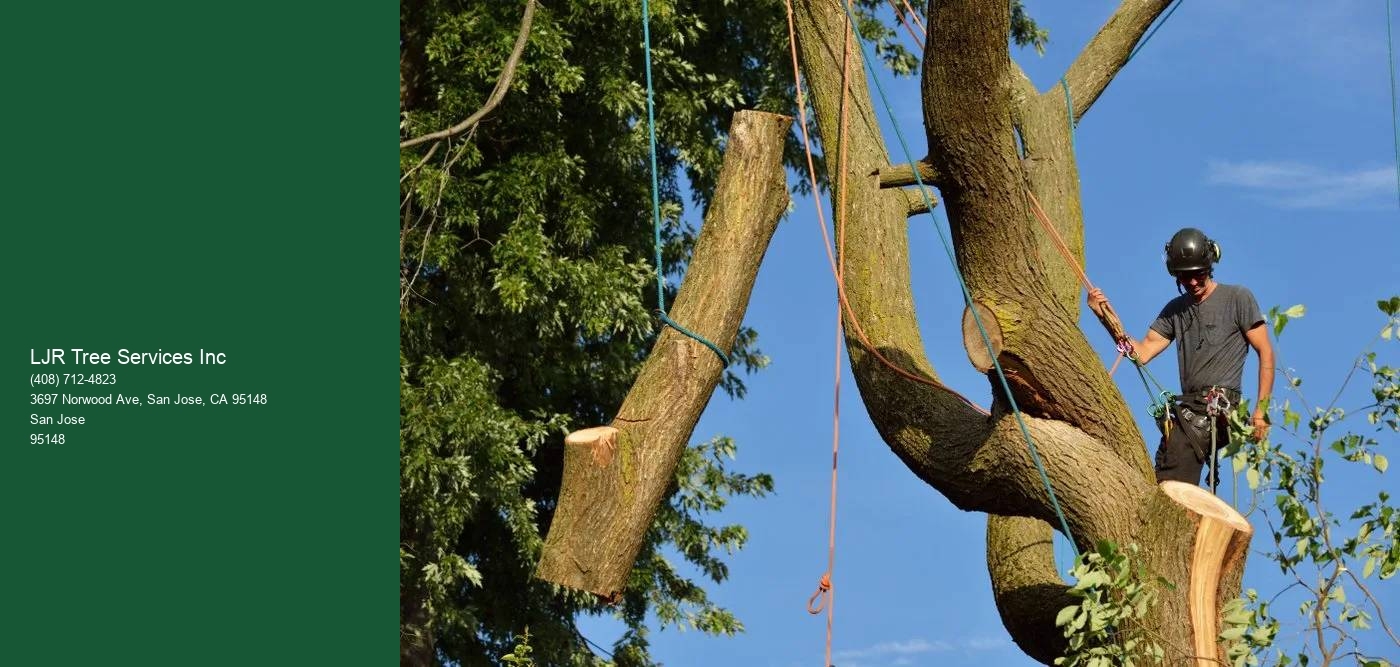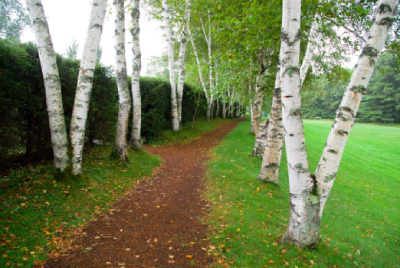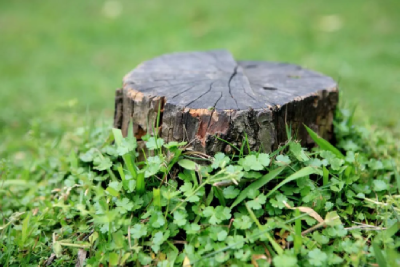

Citizen Science and Community Engagement - The future of tree health management is intrinsically linked to community involvement. Citizen science initiatives empower individuals to contribute to monitoring tree health in their local environments. By fostering a sense of ownership and connection, communities become active participants in preserving and caring for their urban forests, creating a more sustainable and resilient green infrastructure.
Big Data Analytics - The sheer volume of data generated by environmental monitoring tools can be harnessed through big data analytics. Researchers and arborists can analyze vast datasets by employing sophisticated algorithms to identify patterns, predict potential threats, and optimize management strategies. This data-driven approach enables more informed decision-making and proactive interventions.
Climate-Responsive Management - As climate change continues to impact ecosystems, future tree health management must be adaptive and responsive. Arborists and researchers are developing strategies that consider the changing climate conditions, ensuring that tree care practices evolve to meet the challenges posed by shifting temperatures, precipitation patterns, and the prevalence of extreme weather events.
Green Infrastructure Planning - Urban planning increasingly recognizes the importance of green infrastructure, and the future of tree health management is intertwined with city planning. Integrating trees strategically into urban landscapes enhances the aesthetic appeal of cities, contributes to air quality, reduces heat islands, and promotes overall well-being. Future urban developments will prioritize incorporating trees as integral components of sustainable, resilient cities.
The future of tree health management holds promise and innovation. As we embrace technological advancements, genetic research, community engagement, and adaptive strategies, we pave the way for a greener, healthier planet. By staying at the forefront of these trends, we can collectively ensure that our trees endure and thrive in the face of ever-changing environmental dynamics. Let us embark on this journey toward a future where trees stand resilient, playing their crucial role in the symphony of our natural world.
The Art Of Tree Pruning: A Comprehensive Guide
The Science Behind Effective Tree Pruning Techniques -In the intricate tapestry of nature, trees stand as silent sentinels, contributing to the beauty and well-being of our surroundings. The art of tree pruning is the key to ensuring their longevity and vitality. This essential practice not only enhances the aesthetic appeal of our green companions but also plays a pivotal role in their overall health and safety. This blog delves into the profound importance of tree pruning, offering insights into its transformative benefits. We will explore three distinct pruning techniques—Crown Trimming, Limb Pruning, and Structural Pruning—unveiling the nuanced artistry that preserves the essence of our arboreal allies.
Understanding Tree Pruning: Tree Pruning is like deciphering nature's code for optimal tree health and longevity. This horticultural practice involves strategically removing branches, fostering a balance between aesthetics and vitality. The purpose is twofold: enhance the tree's appearance and ensure structural integrity by identifying and removing dead or overgrown branches, trees thrive, free from the burden of unnecessary weight. This art requires a discerning eye and knowledge of proper cutting techniques. In this blog, we unravel the core concepts of tree pruning, shedding light on its significance in cultivating robust, resilient trees that stand the test of time.


Benefits Of Tree Pruning: Trees, the silent guardians of our landscapes, provide shade, oxygen, and tranquility. To ensure their well-being and longevity, tree pruning emerges as a green secret, offering an array of benefits beyond mere aesthetics.
Enhanced Tree Health: Tree pruning is a prescription for a healthier tree. Removing dead or diseased branches eliminates potential havens for pests and diseases. This process improves air circulation and sunlight penetration, fostering a robust and resilient tree.
Aesthetic Appeal: The artistry of tree pruning lies in sculpting nature's creations. Shaping the tree enhances its visual appeal, contributing to a well-maintained and picturesque environment. A pruned tree stands tall and exudes a sense of care and attention.
Safety First: Unruly branches, especially those hanging precariously over structures or pathways, pose safety hazards. Tree pruning eliminates weak or overhanging branches, reducing the risk of accidents and property damage. Prioritizing safety is an inherent benefit of this green practice.
Fruitful Endeavors: For fruit-bearing trees, pruning is akin to orchestrating a symphony of abundance. By strategically removing certain branches, we promote better fruit production and quality. When pruned correctly, fruit trees yield a bountiful harvest, rewarding both the tree owner and nature's pollinators.
Structural Soundness: Trees, like architectural wonders, need a solid structure. Structural pruning addresses this need by removing competing or crossing branches. This enhances the tree's stability and prevents potential failures, ensuring a long and resilient life.


Invigoration of Growth: Pruning is a rejuvenating therapy for trees. The tree redirects its energy by removing excess growth to promote new, healthy shoots. This invigorates growth, contributing to a lush and vibrant canopy.
Disease Prevention and Control: Diseases can spread swiftly through a tree if not addressed promptly. Pruning allows for the early detection and removal of infected parts, acting as a preventive measure against the spread of diseases. It's a proactive approach to ensure the overall well-being of the tree.
Environmental Harmony: In the delicate balance between man and nature, tree pruning emerges as a tool for environmental harmony. A well-maintained tree contributes positively to the ecosystem, benefiting biodiversity, air quality, and the overall ecological balance.
The benefits of tree pruning are a testament to the symbiotic relationship between humans and the environment. By embracing this green practice, we nurture the health and beauty of individual trees and contribute to a flourishing and sustainable planet. As we unveil the green secrets of tree pruning, let us continue to care for these silent guardians who enrich our lives in countless ways.
Crown Trimming: Crown Trimming emerges as a delicate art, shaping the majestic crowns of our arboreal companions. This meticulous practice involves selectively removing branches from the upper canopy, sculpting the tree's form, and enhancing its aesthetic allure and structural integrity.
Identifying the Crown: Before delving into Crown Trimming, it's crucial to identify the tree's crown. The crown represents the uppermost branches and foliage, forming the tree's canopy. Recognizing this area is fundamental for targeted and effective trimming.
